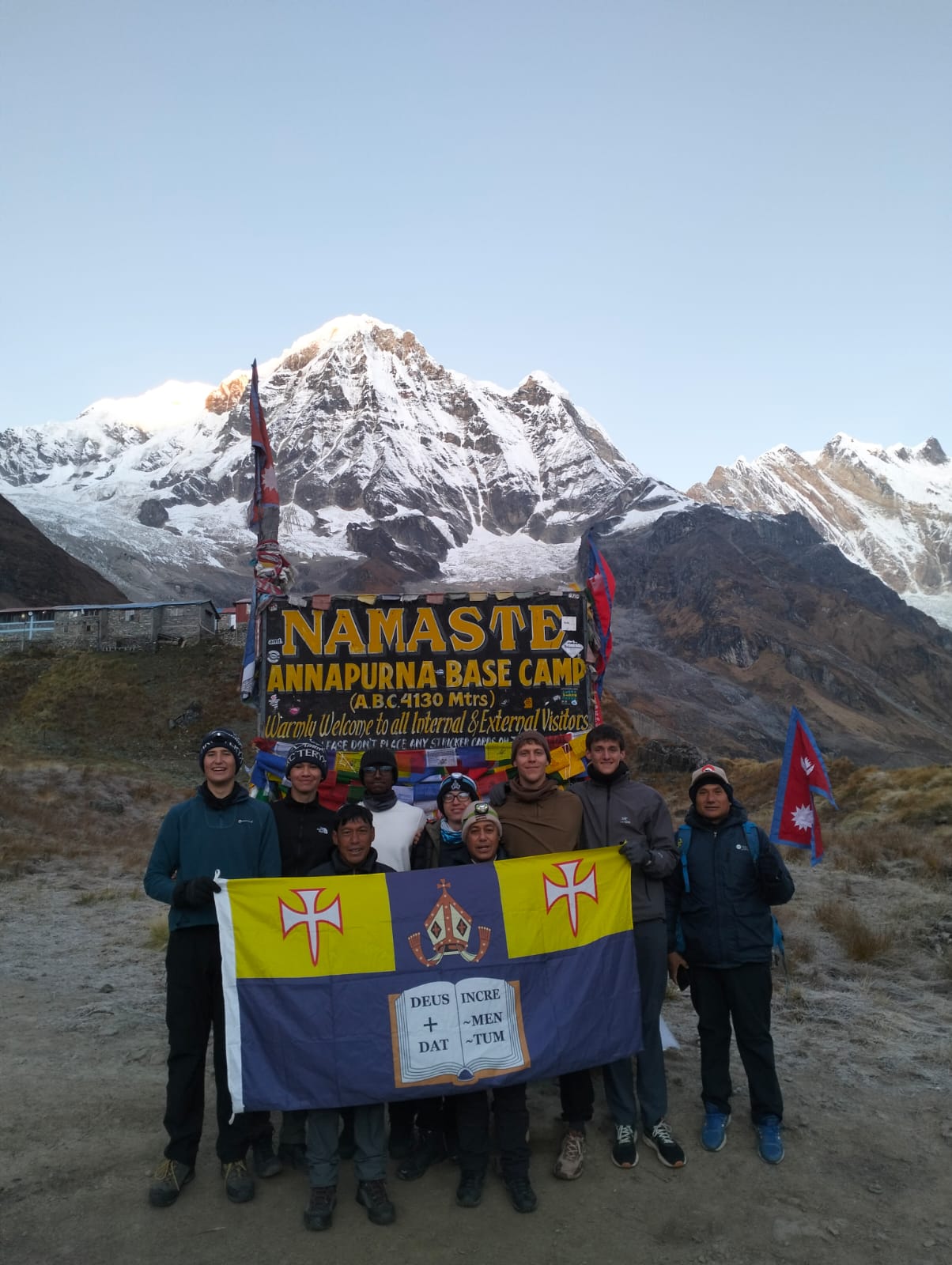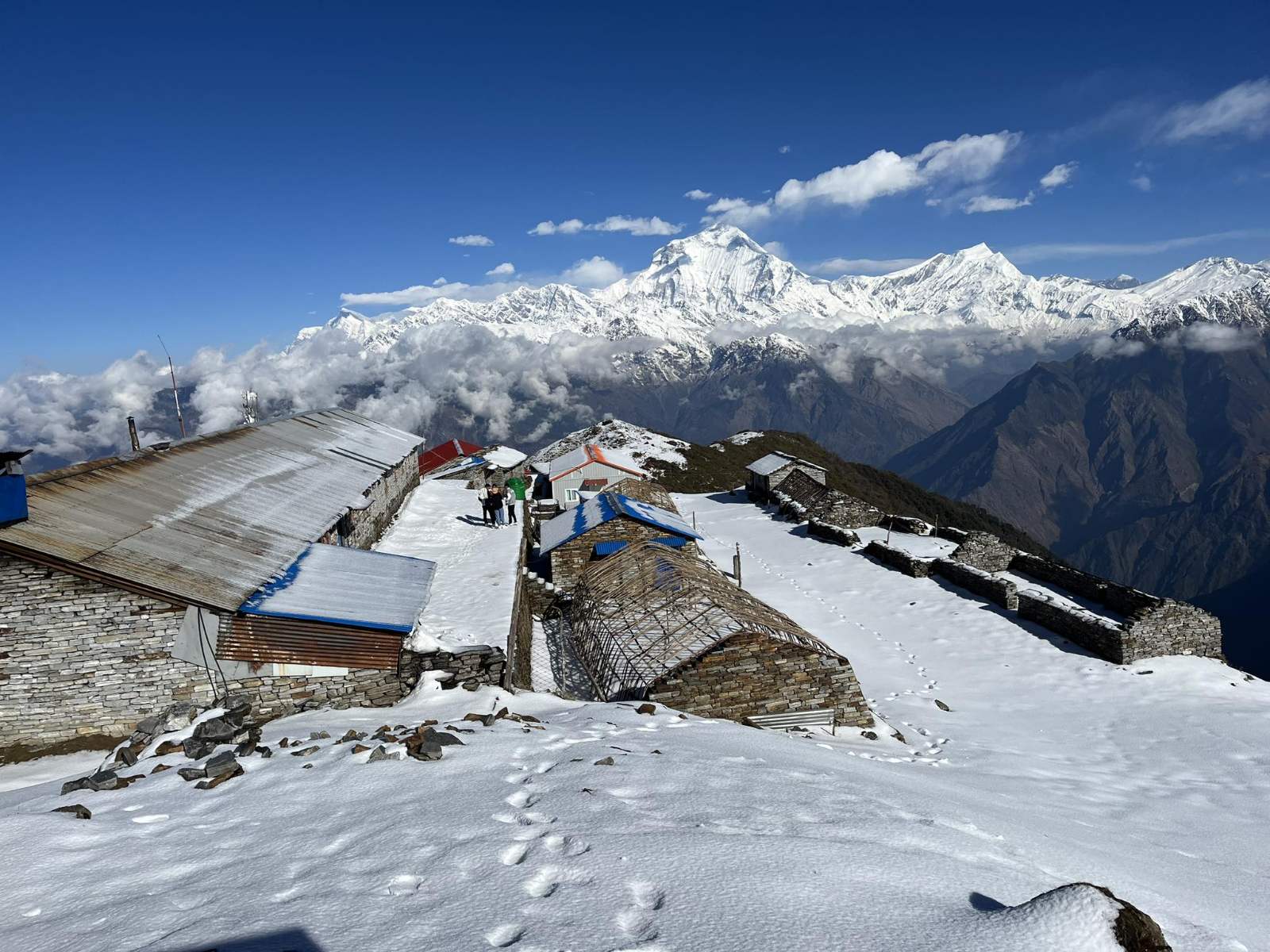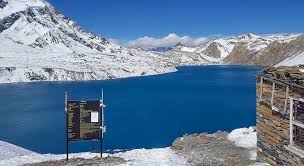
Annapurna
Located in north-central Nepal, the Annapurna region is a stunning massif in the Himalayas, stretching over 50 kilometers between the Kali Gandaki River to the west and the Marsyangdi River to the east. Renowned for its accessibility and natural beauty, it is the most trekked destination in Nepal.
The northern side of the massif is home to several popular high-altitude trekking routes, including the newly opened Nar Phu region, Tilicho Lake, Thorung La Pass, and the Kali Gandaki River, considered the deepest gorge in the world. These areas receive very little rain, often resembling a high desert or "moonscape."
To the south, picturesque villages and trails wind through rhododendron and oak forests, offering treks of varying lengths. From day hikes to multi-day journeys to Annapurna Base Camp (also called Annapurna Sanctuary), there are numerous options. Pokhara is typically the starting point for most treks, except for the Annapurna Circuit, and also serves as the endpoint for shorter treks.
The entire massif is protected within the 7,629-square-kilometer Annapurna Conservation Area, Nepal’s first and largest conservation zone. The Mustang District, a former kingdom bordering Tibet, is also part of the Annapurna region, though Upper Mustang treks require special permits. Mustang is gaining popularity for mountain biking and overland trips due to new road developments.
About two-thirds of all trekkers in Nepal visit the Annapurna region, drawn by its accessibility, diverse scenery ranging from high mountains to lowland villages, and the rich cultural experiences offered by the inhabited landscape.








